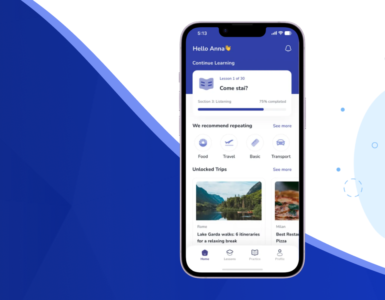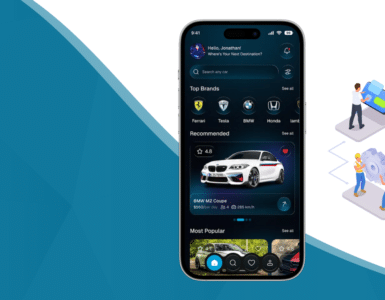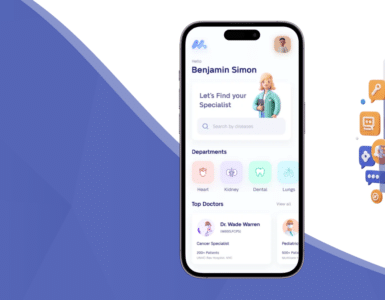Mobile apps are indispensable for businesses—helping increase visibility, customer engagement, and brand value. However, mobile app development can be expensive, especially with evolving technologies and user expectations. Fortunately, you can significantly reduce mobile app development costs without compromising on quality. Let’s explore the most effective strategies in 2025.
1. Strategic Planning is Key
The mobile app development lifecycle involves constant iteration. Without a clear plan, changes during development can inflate costs. Collaborate closely with your development team to:
-
Define features and functionalities early.
-
Identify the core objective of the app.
-
Finalize a roadmap to avoid scope creep.
Pro Tip: Use tools like Figma or Sketch to prototype your app and avoid miscommunication.

2. Share a Clear Product Vision with Wireframes
Before coding starts, ensure you have a well-defined mockup or wireframe. This helps:
-
Set clear expectations for developers.
-
Prevent unnecessary revisions.
-
Speed up the development process.
You can use tools like Balsamiq or Adobe XD to share a clickable mockup with your team.
3. Choose the Right Platform (or Go Cross-Platform)
Instead of developing native apps for both Android and iOS, consider:
-
Single platform MVPs: Launch on the platform where your users are most active.
-
Cross-platform development: Tools like Flutter or React Native allow you to build apps for both platforms simultaneously, reducing development time and cost.
4. Outsource Wisely
In-house development gives more control, but it’s often expensive. Outsourcing to a reliable mobile app development company gives you access to experienced developers at competitive rates.
Need help? Contact us for custom mobile app development solutions.
5. Use Existing Technologies and Frameworks
Leverage reusable code, existing libraries, or open-source templates to save time and cost. Many mobile apps don’t require building every element from scratch.
For instance:
-
Authentication modules like Firebase Auth.
-
Payment integrations like Stripe SDK.
-
UI kits from Material Design or Bootstrap.
6. Integrate Prebuilt Plugins
Using pre-built plugins can reduce both cost and time. For example:
-
Maps plugins
-
Social sharing plugins
-
Analytics plugins
This lets you maintain customization without extensive coding from scratch.
7. Prioritize Testing Before Launch
Skipping QA might seem like a shortcut—but fixing bugs post-launch is costlier. Use automated testing tools like Appium or BrowserStack to:
-
Test across multiple devices and OS versions.
-
Ensure high performance and usability.
-
Reduce the chances of rework.
8. Keep It Simple
Every feature you add increases time, complexity, and cost. Instead, focus on:
-
Must-have features for MVP.
-
Rolling out advanced features in updates.
-
Keeping the UI intuitive and lightweight.
9. Partner with an Experienced App Development Company
An experienced mobile app development company understands cost-saving strategies without cutting corners. Look for a team with:
-
Strong design + development portfolio.
-
Experience in cross-platform development.
-
Proven project management skills.
Internal link: Explore our Mobile App Development Services
Final Thoughts
In 2025, building a cost-effective mobile app is all about smart planning, strategic choices, and working with the right partners. The focus should be on delivering value to your users while staying within budget.
Whether you’re building a business app, eCommerce solution, or customer service app, the strategies above will help you maximize ROI and minimize mobile app development costs.
























